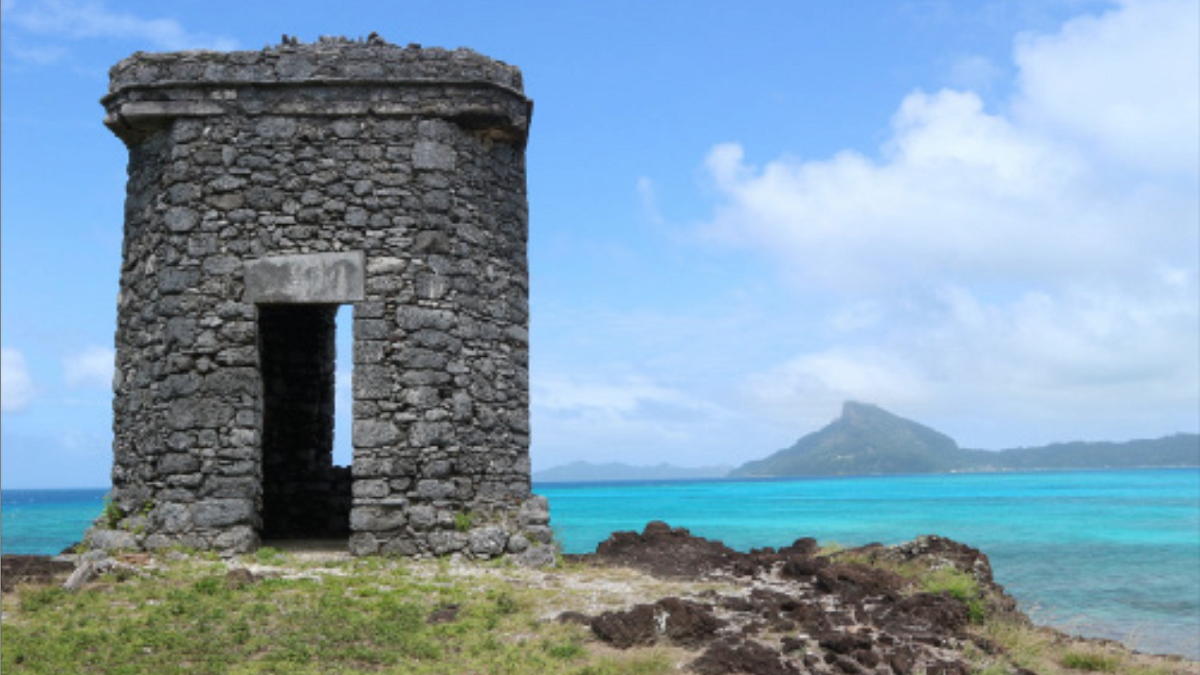
The role of Catholic missions has drawn researchers from around the world, from California to remote Pacific Islands.
James L. Flexner, an associate professor of historical archeology and heritage at the University of Sydney, Australia, will discuss the archeology of mission sites in the Mangareva Islands of Polynesia. The lecture is 3:30 p.m. Wednesday, April 24, at the Museum of Natural and Cultural History Galleria.
Beginning in 1834, a group of Catholic priests and lay builders under the auspices of the Pères des Sacrés Cœurs established a mission in the Mangareva Islands (also called Îles Gambier) in what is today French Polynesia. In the subsequent decades, the missionaries and their Polynesian converts churches and shrines on each of the main inhabited islands; a royal complex for the “king” Maputeoa; towers and other monuments; and dozens of stone houses for Christian Islanders.
Remarkably, this landscape of conversion and culture change remains largely in place today, albeit in a state of ruination. This talk presents the current findings of an ongoing four-year project investigating the archaeology of the Catholic mission in the Mangareva Islands and relevant cultural collections around the world. Archaeological survey and excavations during 2022 and 2023 documented dozens of 19th-century mission structures, from the grand cathedral in Rikitea to the boys’ school at Aukena Island, to local sites of food production such as bread ovens and pits for the making and preserving of popoe (fermented breadfruit paste). This research highlights themes of transformation, but also adaptation and resilience during a century of dramatic encounters with others in Oceania.
This lecture is presented by the Center for Asian and Pacific Studies and is co-sponsored by the Department of Anthropology and the Museum of Natural and Cultural History.
